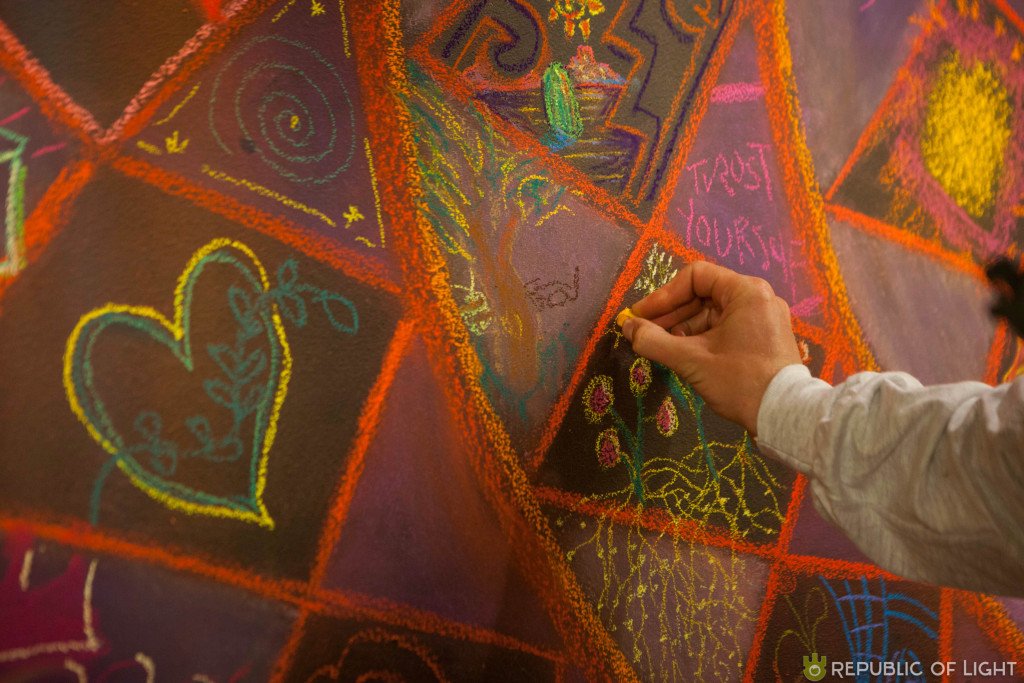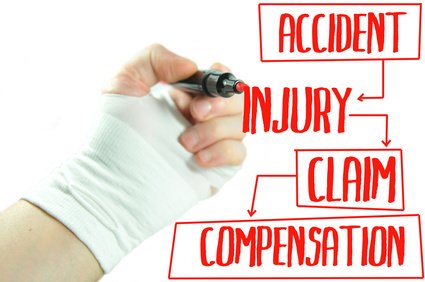
When we transition to a new development happening in terms of digital transformation, it is key to work collectively, in order to think and reflect about what is happening, and figure out the best possible outcomes.
Currently, we are seeing a new major technological development emerging, comparable to the invention of the Internet: the blockchain technology. It began one decade ago, partly with the invention of bitcoin and other digital currencies, which led developers and entrepreneurs to explore all kinds of its possible applications. These are still early days, but blockchain technology is promising to change the world, and its impact in humanity, might be similar to the invention of electricity.
Anyway, blockchain years are fast years, so one decade after the invention of bitcoin, what is happening in the blockchain ecosystem ? Independently of what people are saying and writing about blockchain both as a technology, and as an ideology and technological innovation ( in all its details, such as its crypto possibilities), one needs to analyse it by working through its theory and facts. With this in mind, in this article, I am describing 8 key principles about Blockchain’s DNA architecture.
Blockchain’s starting foundations
The similarities between the development of blockchain/crypto and the Internet are quite evident to all of us. However Blockchain is not just crypto, effectively Blockchain is a technology that enables crypto. When we speak about Blockchain technology we cannot put all in the same basket. Blockchain’s architecture is large. Just as we speak about the internet as an holistic platform, we need to apply the same viewpoint to Blockchain tech.
Architecture for anything implies multiple processes of planning, designing, and constructing something: a building, a product, or in this case, technologies that create various structures, such as SaaS. As with anything that is created, such as new architectural works, the blockchain architecture implies not only its technical outputs, but a new cultural shift, that opens the world to new perceptions and ways of looking and living in the world.
It’s important to bear in mind that Bitcoin, was initially created as a subversion, a criticism to the financial industry that exploded in the financial crisis of 2007. Bitcoin, was initially used by the dark web, in platforms beloved by criminals and radicals. Fast forward to 2018 why are the world’s most powerful influencers, companies and governments excited about a technology that was initially created by cryptographers?
In an era when trust and ID are the biggest currencies, and when institutions of all kinds shift faster than ever and in some cases collapse, the blockchain tech offers a new vision and solution hope: distributed ledgers of data and smart contracts that communicate through nodes of cryptography and confidence.
One of its promises is how Blockchain will foster/enable the digitisation of the global economy, that is still based in paper ledgers. Blockchain offers the opportunity to digitize the paper global economy in a new digital transformation solution. And this transformation has been quite quick. One decade after the invention of Bitcoin, we live in a world where hundreds of global companies are experimenting with blockchain, and its market, which, in December 2017, reached over 700 billions of dollars. Blockchain has now been partially adopted by major governments of countries such as China, Netherlands, Dubai and by financial institutions such as the New York Stock Exchange, Goldman Sachs, JP Morgan or large corporations such as Walmart.
Yet the technology, remains wildly misunderstood.
In order to look in-depth, and do a balanced analysis of the blockchain’s true capacities and potential, as well as its limitations and dangers, one has to analyse its holistic architecture. One needs to map the often-confusing hybrid blockchain landscape, and understand how a technology resting on foundations of cryptography tech and sometimes parts of mutual mistrust when it comes to the crypto part of its usage, can become the foundational tech of our time.
Blockchain technology is creating the path to trusted new digital tokenomic economics, that runs through smart contract based governance, regulation, and law. But of course we are in the inception of this tech and the architecture is still being written and has fragilities like any tech. No technology is pure and has to go through various phases of evolution and maturity.
Based on the engineering and inseparable areas of Blockchain we need to look at blockchain architecture through the point of view of 4 verticals that are what I consider as the foundations of Blockchain DNA:
- Business
- Financial / Trading
- Legal – regulatory
- Technology
We cannot consider Blockchain – Distributed Ledger technologies, without bearing in mind the business implications, the financial and trading increasing associations, very important the legal and regulatory implications and of course, how this powerful and disruptive technology can unfolded into innumerable applications and use cases.
With this as a basis, a sound Blockchain architecture unfolds itself structured by eight powerful areas:
- Holistic concept – Internet of trust
- Decentralised / distributed database(s)
- Cryptoeconomics / Tokeneconomics Crypto Assets
- Cryptocurrencies / Tokens – ICOs – Funding – Trading
- Ledger full scale ID – Trust identity
- Smart contract machine learning AI DNA
- Consensus (un)breakable protocol
- Unplugging blocks – nodes bitcoin origins – mining
Bellow, I have assembled some quotes that make a context to each area in detail:
1. Holistic concept – Internet of trust
“I think the internet is going to be one of the major forces for reducing the role of government. The one thing that’s missing but that will soon be developed, is a reliable e-cash.” Milton Friedman, Economist who received the 1976 Nobel Prize
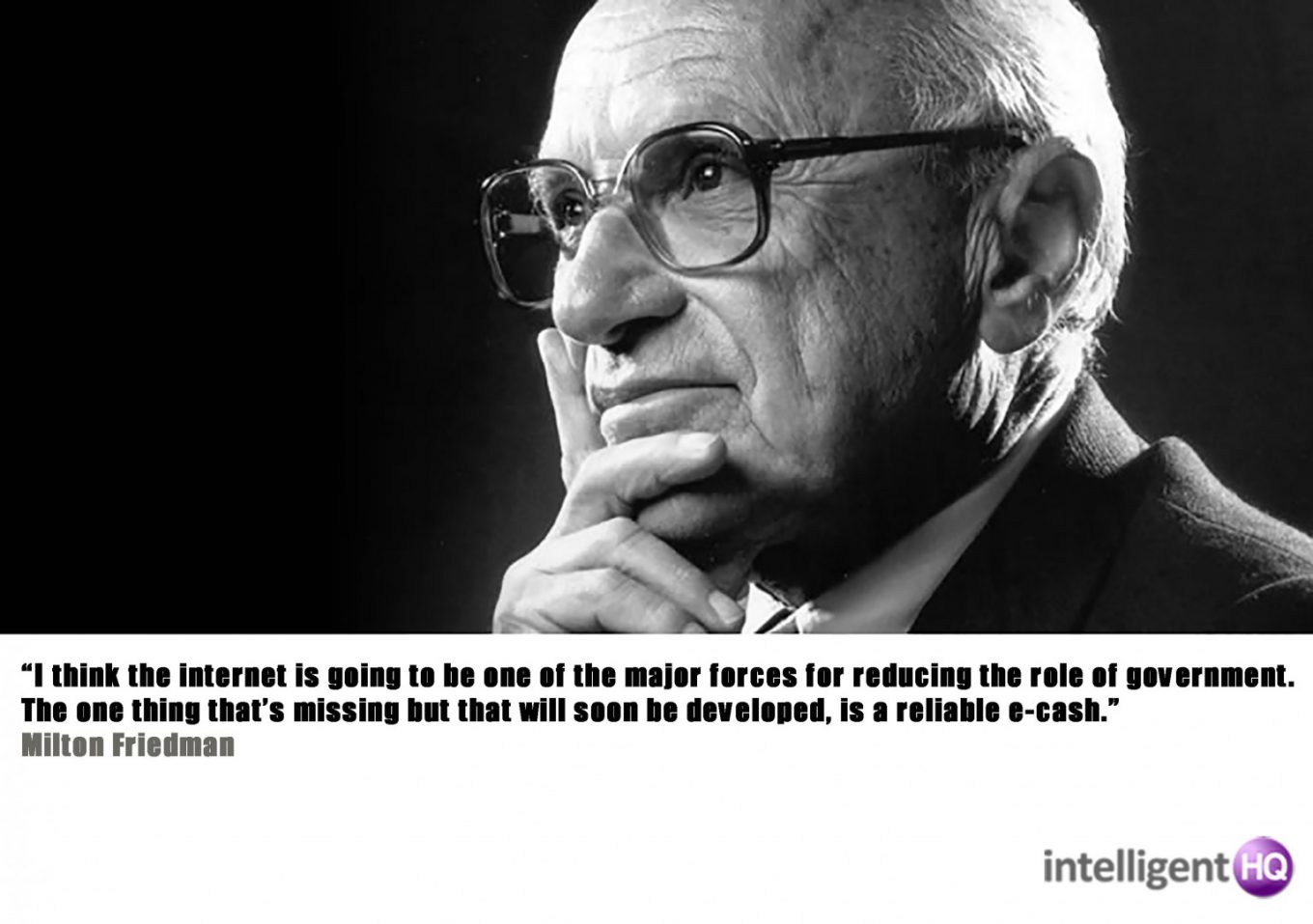
“We have elected to put our money and faith in a mathematical framework that is free of politics and human error.” Tyler Winklevoss, who is best known for suing Facebook founder Mark Zuckerberg in 2008 over the claim that he stole the idea for the social network from him and his brother
“Bitcoin & Blockchain is by far the most advanced technology to emerge since the birth of the internet. Its 500 years ahead of its time.” Alan Donohoe – Irish Bitcoin Foundation.
2. Decentralised / distributed database(s)
“The blockchain is all about bringing in transparency and efficiency into the existing systems which are running the upstream and downstream supply chains and making them more proactive and predictive.” Rahul Guhathakurta, The Age of Blockchain: A Collection of Articles
“Blockchain technology continues to redefine not only how the exchange sector operates, but the global financial economy as a whole” Bob Greifeld, CEO, Nasdaq.
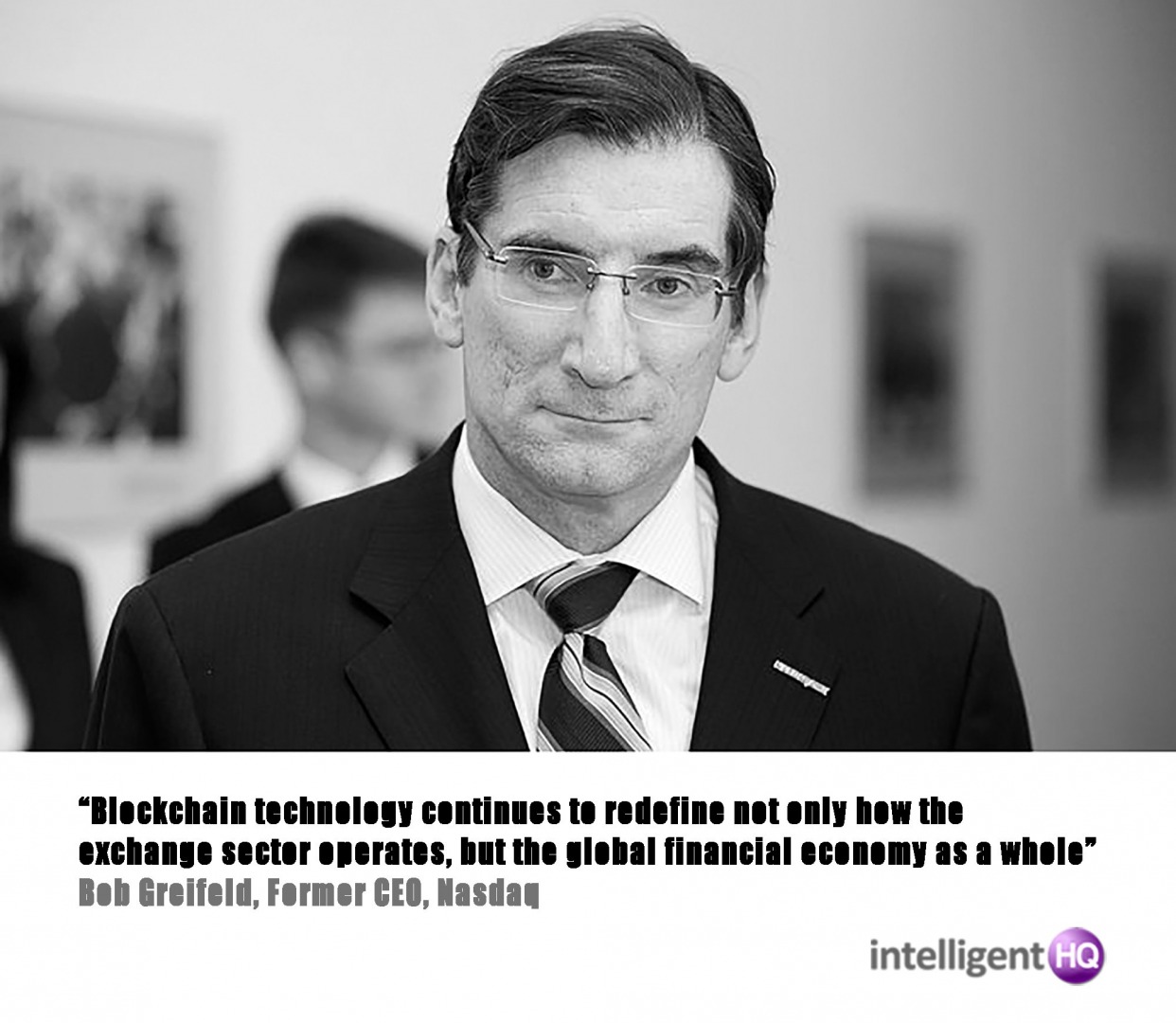
3. Cryptoeconomics / Tokeneconomics Crypto Assets
“There are 3 eras of currency: Commodity based, politically based, and now, math based.” Chris Dixon, Co-founder of Hunch now owned by Ebay, Co-founder of SiteAdvisor now owned by McAfee
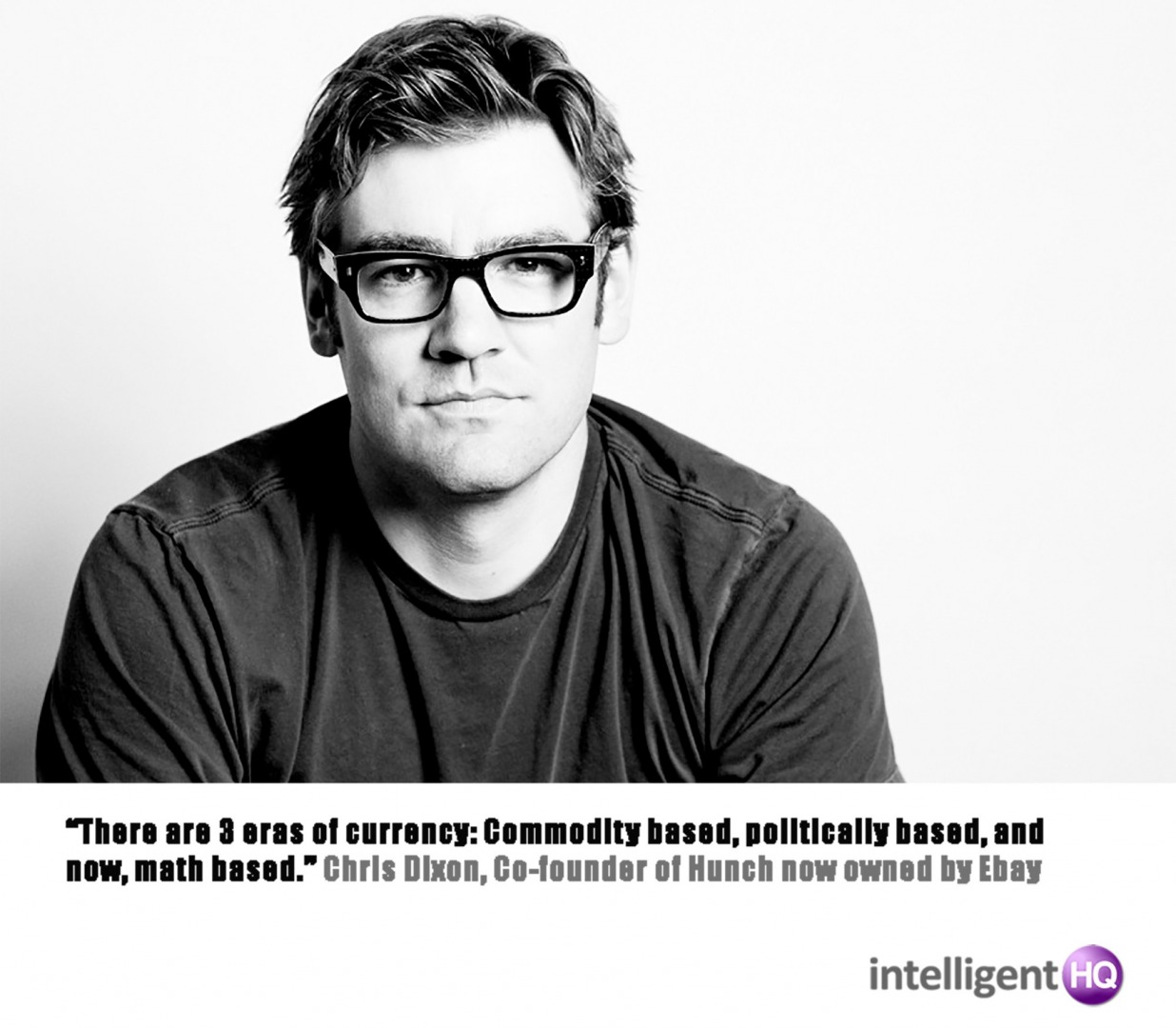
“The bitcoin blockchain is an opportunity for Wall Street to streamline some operations that are pretty antiquated” – Duncan Niederauer, former CEO of NYSE Euronext.
“PayPal had these goals of creating a new currency. We failed at that, and we just created a new payment system. I think Bitcoin has succeeded on the level of a new currency, but the payment system is somewhat lacking. It’s very hard to use, and that’s the big challenge on the Bitcoin side.” Peter Thiel, Co-Founder of PayPal
4. Cryptocurrencies / Tokens – ICOs – Funding – Trading
“The root problem with conventional currency is all the trust that’s required to make it work. The central bank must be trusted not to debase the currency, but the history of fiat currencies is full of breaches of that trust. Banks must be trusted to hold our money and transfer it electronically, but they lend it out in waves of credit bubbles with barely a fraction in reserve. We have to trust them with our privacy, trust them not to let identity thieves drain our accounts.” Satoshi Nakamoto, Founder of Bitcoin
“There’s $200 billion in cryptocurrencies out there and over $200 trillion in demand for money — that’s the amount of paper currency and gold bullion in the world,” James Altucher, the author of the bestselling book “Choose Yourself” and an editor at The Altucher Report
“Blockchain Technology Could Save Banks $12 Billion Per Year.” Mohsin Jameel
5. Ledger full scale ID – Trust identity
“Blockchain is the tech. Bitcoin is merely the first mainstream manifestation of its potential.” Marc Kenigsberg, founder of Bitcoin Chaser
“Blockchain is a really disruptive development, and banks have a lot of fear concerning this technology because in the pure theory of blockchain, a lot of processes within a traditional bank would be obsolete” Thomas F Dapp, research analyst, Deutsche Bank.
“Blockchain technology will not only change the way we do payments, it will change the whole trading and settlement topic” – Oliver Bussmann, CIO, UBS.
6. Smart contract machine learning AI DNA
“At its core, bitcoin is a smart currency, designed by very forward-thinking engineers. It eliminates the need for banks, gets rid of credit card fees, currency exchange fees, money transfer fees, and reduces the need for lawyers in transitions… all good things” Peter Diamandis, Founder and Chairman of the X Prize Foundation
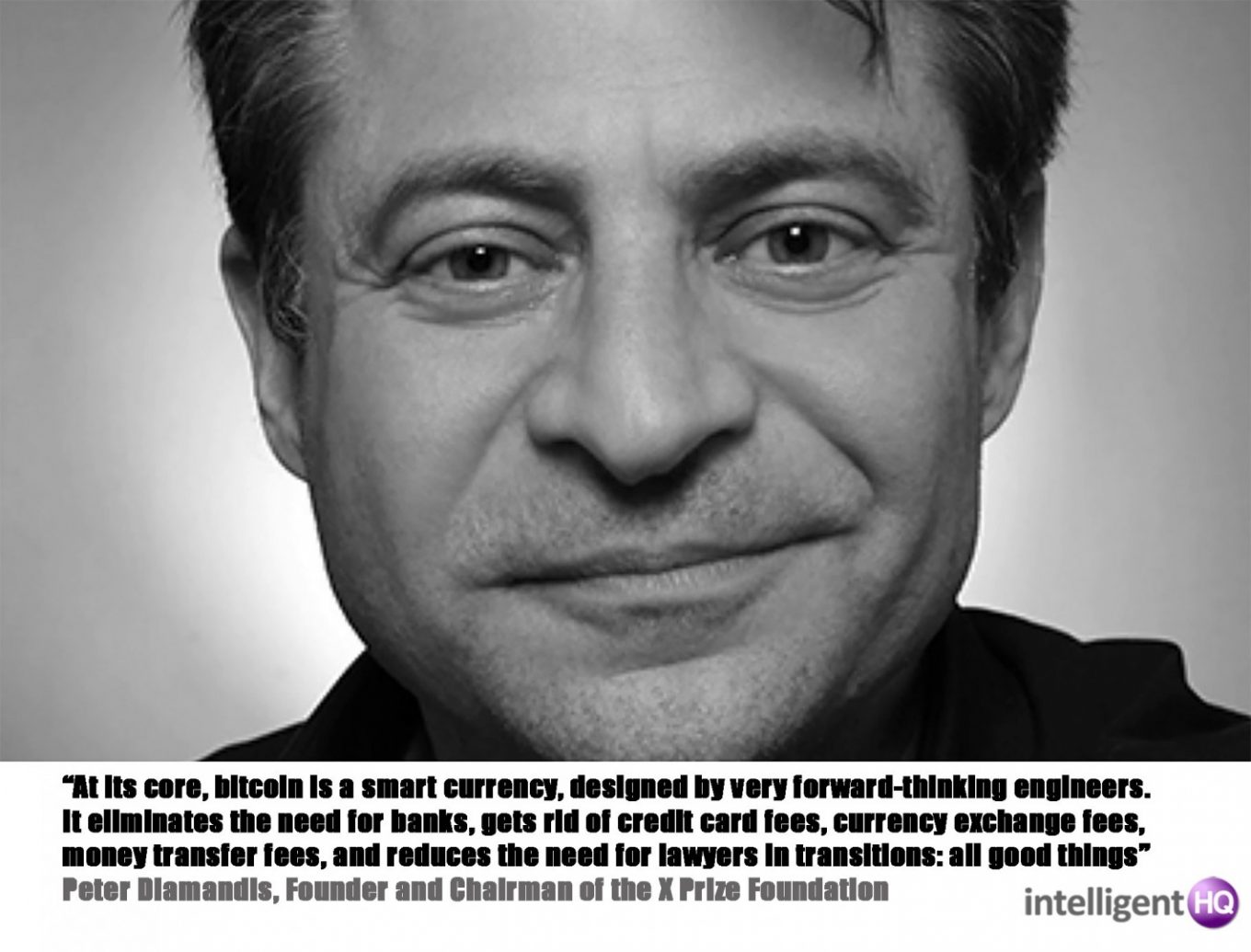
“In time, distributed ledgers will support smart contracts and computer protocols that verify or enforce contracts. This will lead to a wide variety of potential uses in securities, syndicated lending, trade finance, swaps, derivatives or wherever counter-party risk arises” – Santander Innoventures
7. Consensus (un)breakable protocol
“Blockchain by itself isn’t transformational, however it is foundational. As a foundational innovation, Blockchain’s value can only be fully realized when the business process is transformed to take advantage of its capabilities, leading to ROI for existing business models and the ability to create value through new ones.” Tom Golway, Planning and Managing ATM Networks.
“Bitcoin is a remarkable cryptographic achievement and the ability to create something that is not duplicable in the digital world has enormous value” Eric Schmidt, CEO of Google
8. Unplugging blocks – nodes bitcoin origins – mining
“There are 3 eras of currency: Commodity based, politically based, and now, math based” Chris Dixon, Co-founder of Hunch now owned by Ebay, Co-founder of SiteAdvisor now owned by McAfee
“Money at its core is simply a ledger for keeping track of debts, and bitcoin is truly the best iteration of a universal ledger we’ve ever seen” John Reed, former chairman and CEO of Citibank.

Dinis Guarda is an author, academic, influencer, serial entrepreneur, and leader in 4IR, AI, Fintech, digital transformation, and Blockchain. Dinis has created various companies such as Ztudium tech platform; founder of global digital platform directory openbusinesscouncil.org; digital transformation platform to empower, guide and index cities citiesabc.com and fashion technology platform fashionabc.org. He is also the publisher of intelligenthq.com, hedgethink.com and tradersdna.com. He has been working with the likes of UN / UNITAR, UNESCO, European Space Agency, Davos WEF, Philips, Saxo Bank, Mastercard, Barclays, and governments all over the world.
With over two decades of experience in international business, C-level positions, and digital transformation, Dinis has worked with new tech, cryptocurrencies, driven ICOs, regulation, compliance, and legal international processes, and has created a bank, and been involved in the inception of some of the top 100 digital currencies.
He creates and helps build ventures focused on global growth, 360 digital strategies, sustainable innovation, Blockchain, Fintech, AI and new emerging business models such as ICOs / tokenomics.
Dinis is the founder/CEO of ztudium that manages blocksdna / lifesdna. These products and platforms offer multiple AI P2P, fintech, blockchain, search engine and PaaS solutions in consumer wellness healthcare and life style with a global team of experts and universities.
He is the founder of coinsdna a new swiss regulated, Swiss based, institutional grade token and cryptocurrencies blockchain exchange. He is founder of DragonBloc a blockchain, AI, Fintech fund and co-founder of Freedomee project.
Dinis is the author of various books. He has published different books such “4IR AI Blockchain Fintech IoT Reinventing a Nation”, “How Businesses and Governments can Prosper with Fintech, Blockchain and AI?”, also the bigger case study and book (400 pages) “Blockchain, AI and Crypto Economics – The Next Tsunami?” last the “Tokenomics and ICOs – How to be good at the new digital world of finance / Crypto” was launched in 2018.
Some of the companies Dinis created or has been involved have reached over 1 USD billions in valuation. Dinis has advised and was responsible for some top financial organisations, 100 cryptocurrencies worldwide and Fortune 500 companies.
Dinis is involved as a strategist, board member and advisor with the payments, lifestyle, blockchain reward community app Glance technologies, for whom he built the blockchain messaging / payment / loyalty software Blockimpact, the seminal Hyperloop Transportations project, Kora, and blockchain cybersecurity Privus.
He is listed in various global fintech, blockchain, AI, social media industry top lists as an influencer in position top 10/20 within 100 rankings: such as Top People In Blockchain | Cointelegraph https://top.cointelegraph.com/ and https://cryptoweekly.co/100/ .
Between 2014 and 2015 he was involved in creating a fabbanking.com a digital bank between Asia and Africa as Chief Commercial Officer and Marketing Officer responsible for all legal, tech and business development. Between 2009 and 2010 he was the founder of one of the world first fintech, social trading platforms tradingfloor.com for Saxo Bank.
He is a shareholder of the fintech social money transfer app Moneymailme and math edutech gamification children’s app Gozoa.
He has been a lecturer at Copenhagen Business School, Groupe INSEEC/Monaco University and other leading world universities.





















